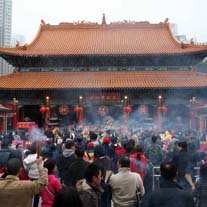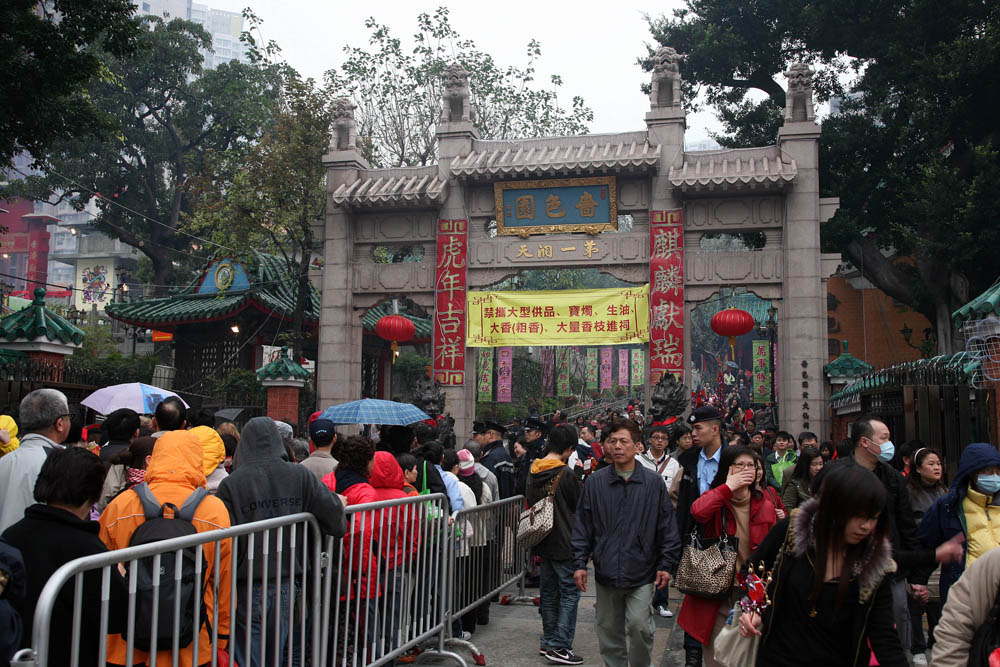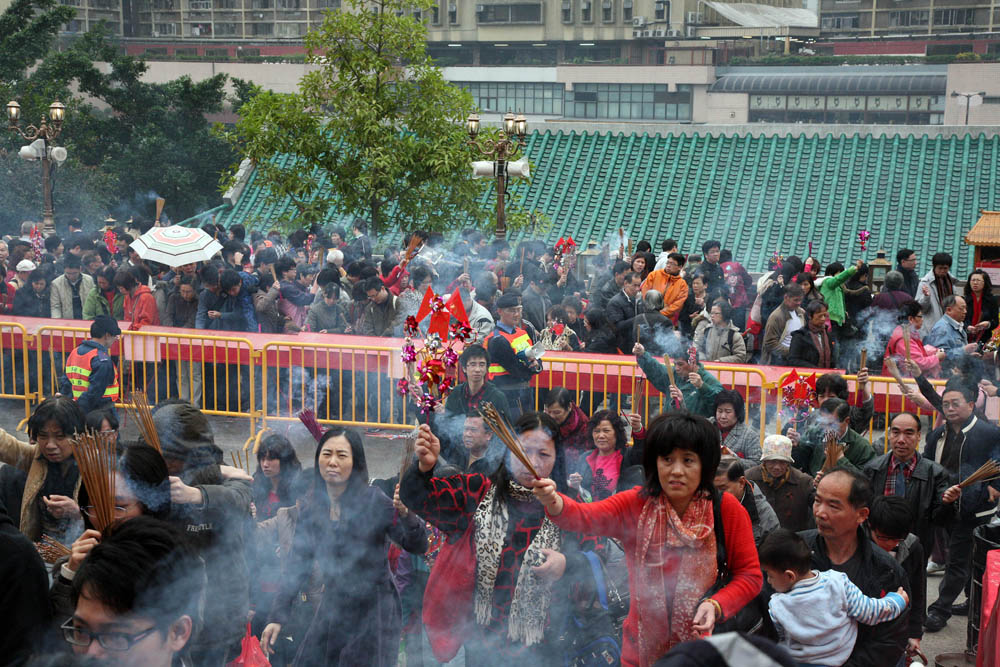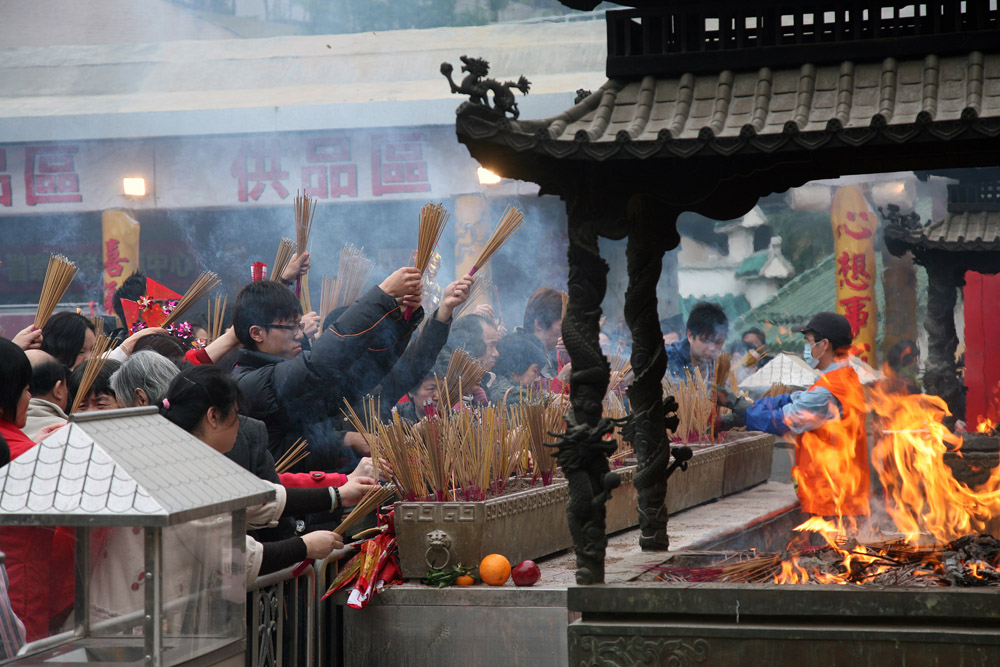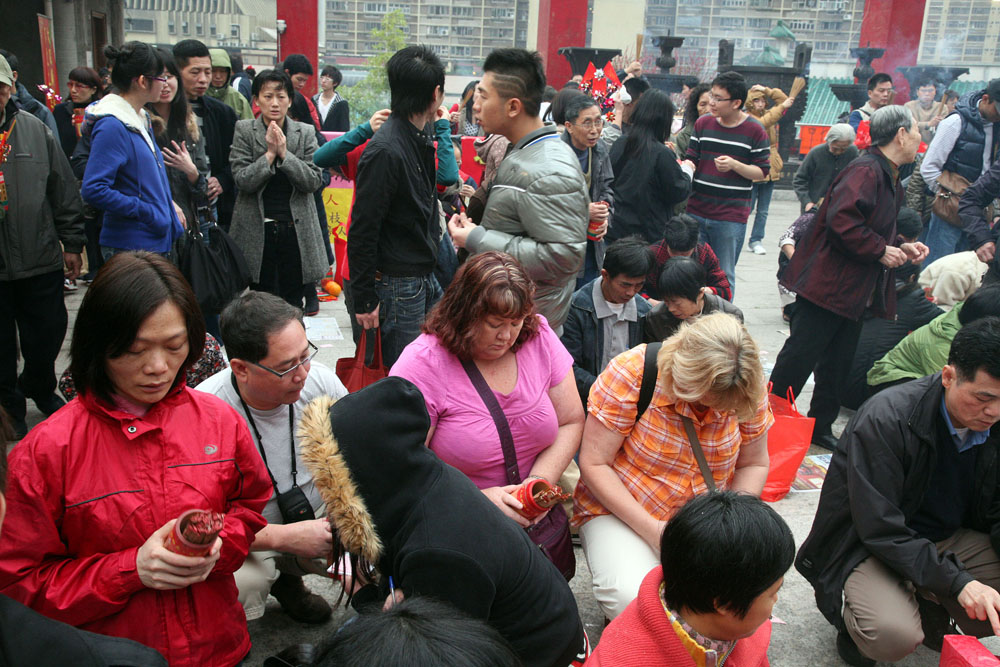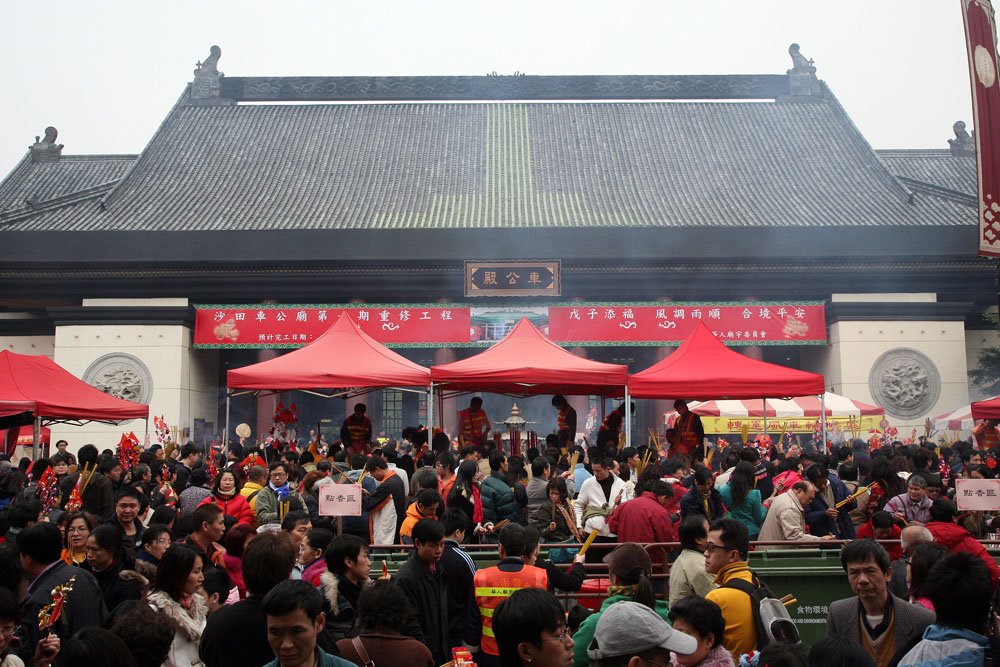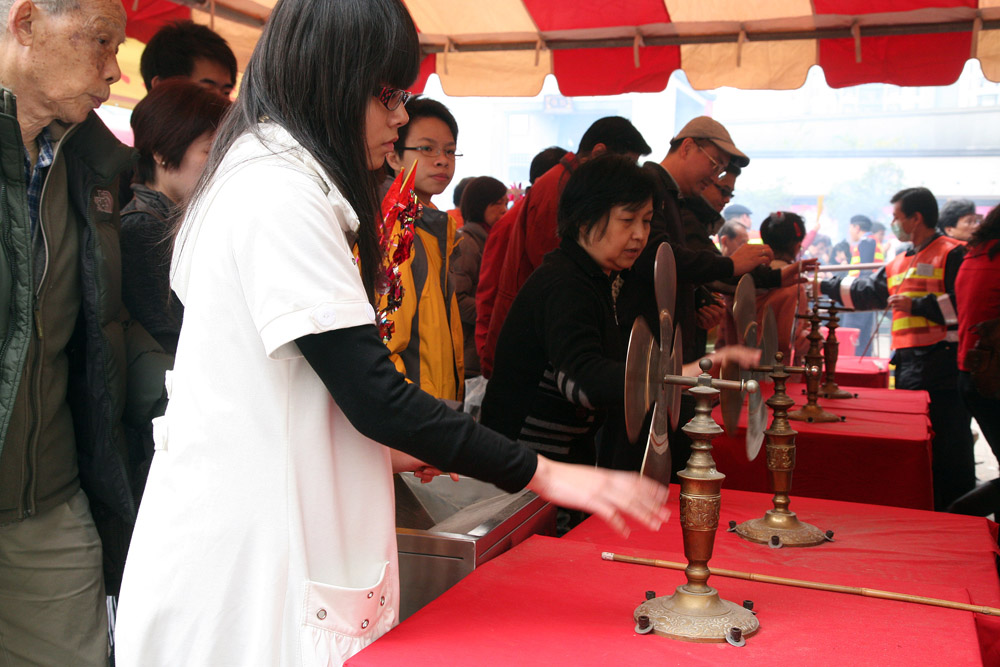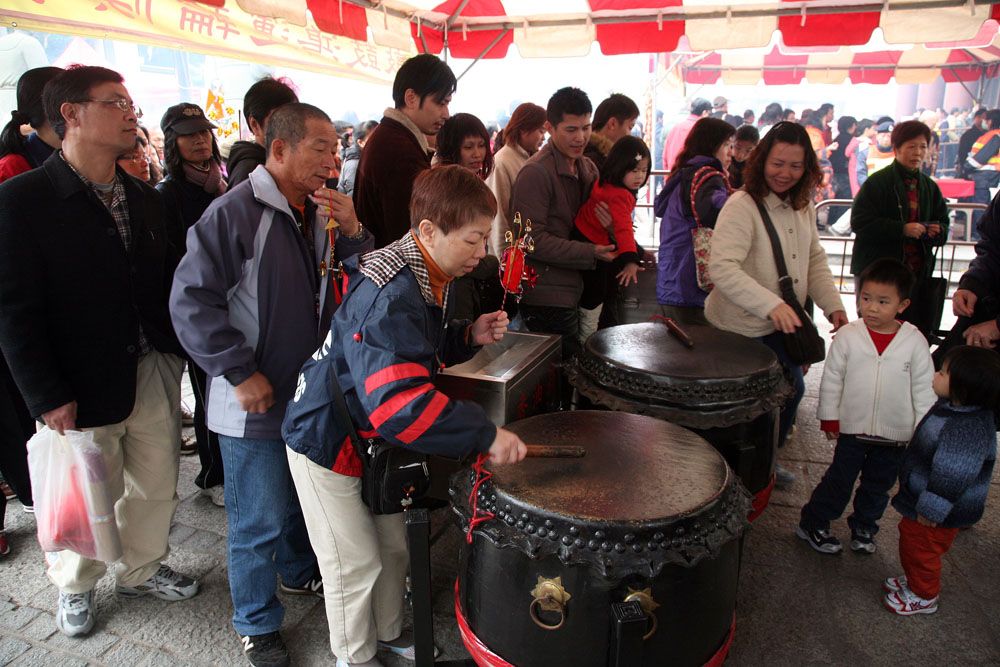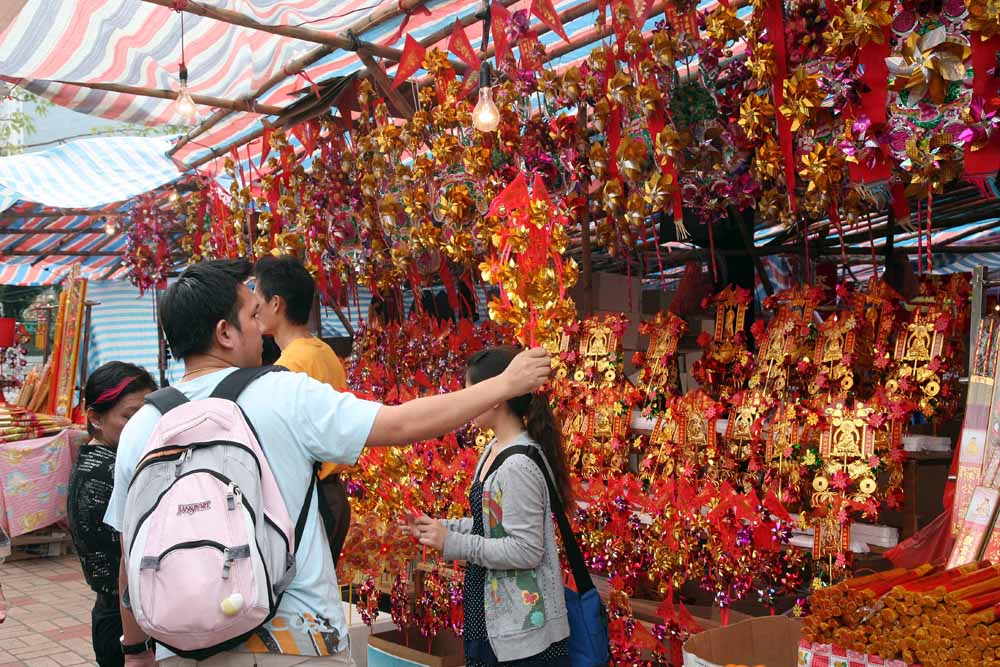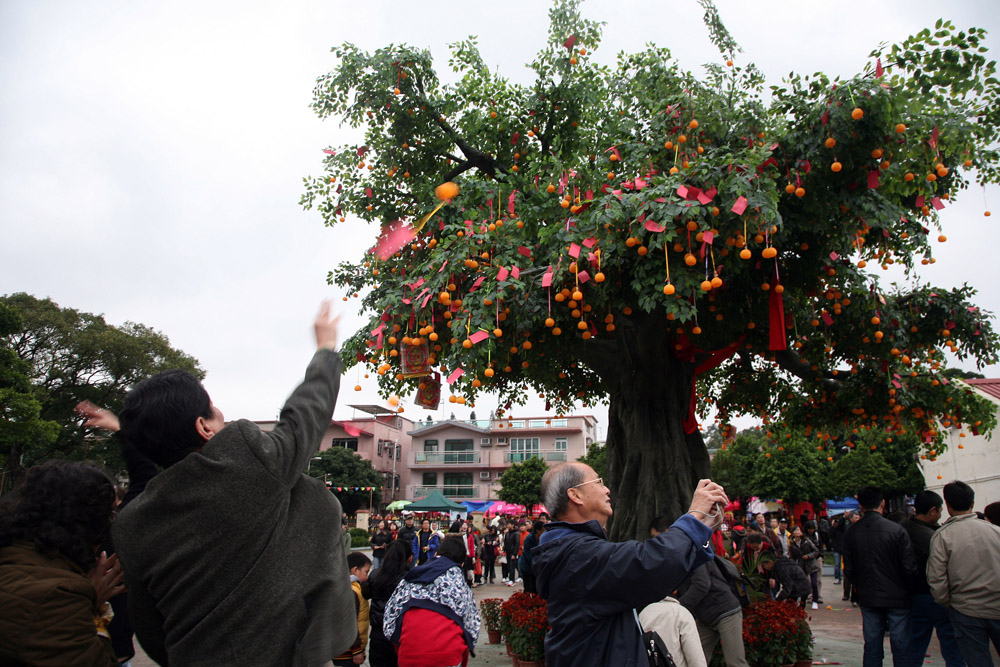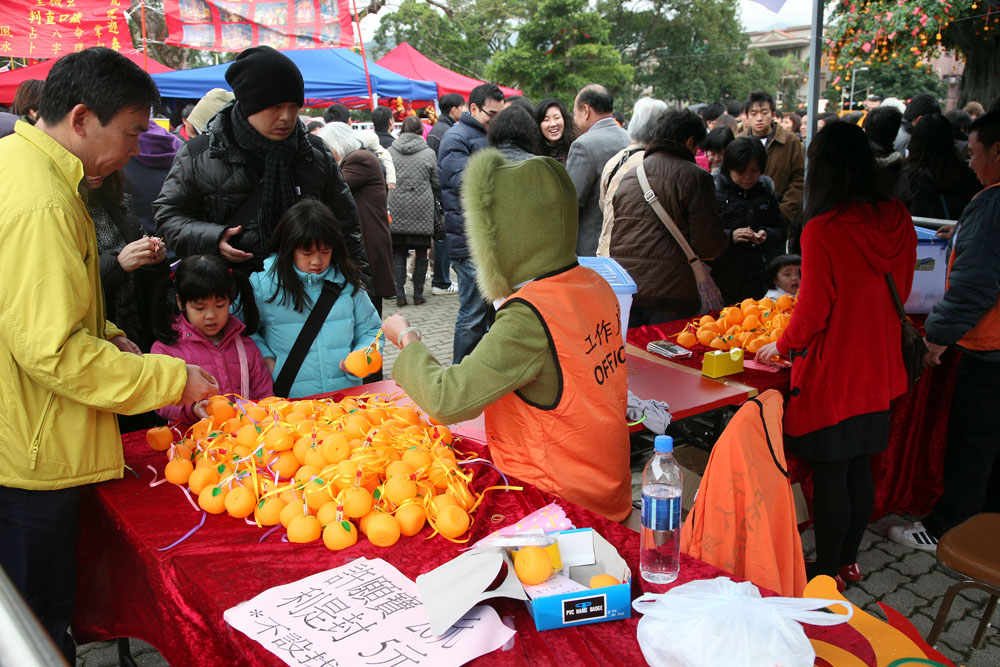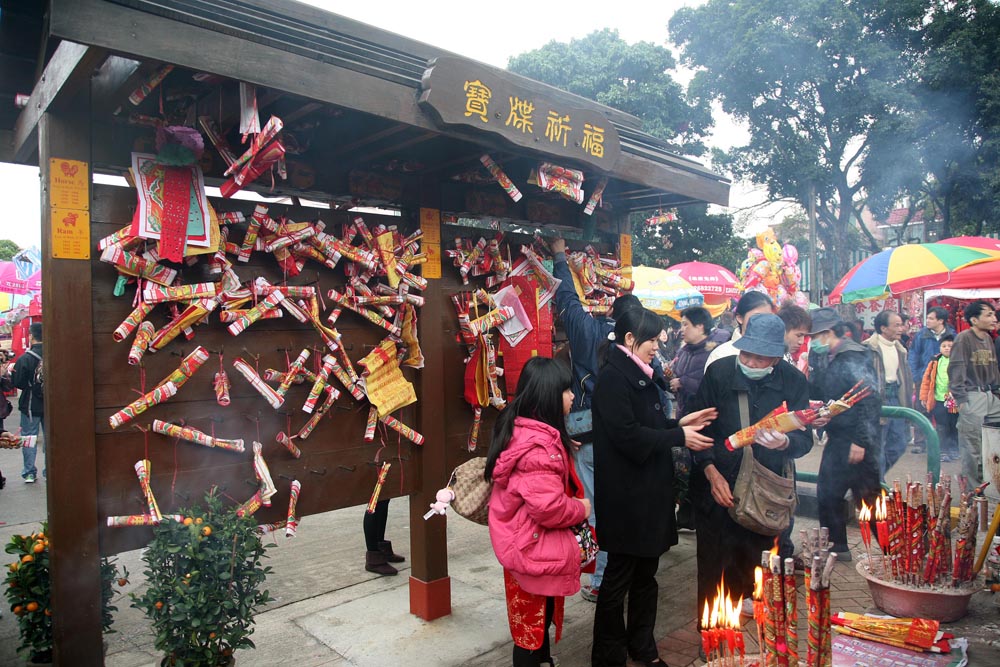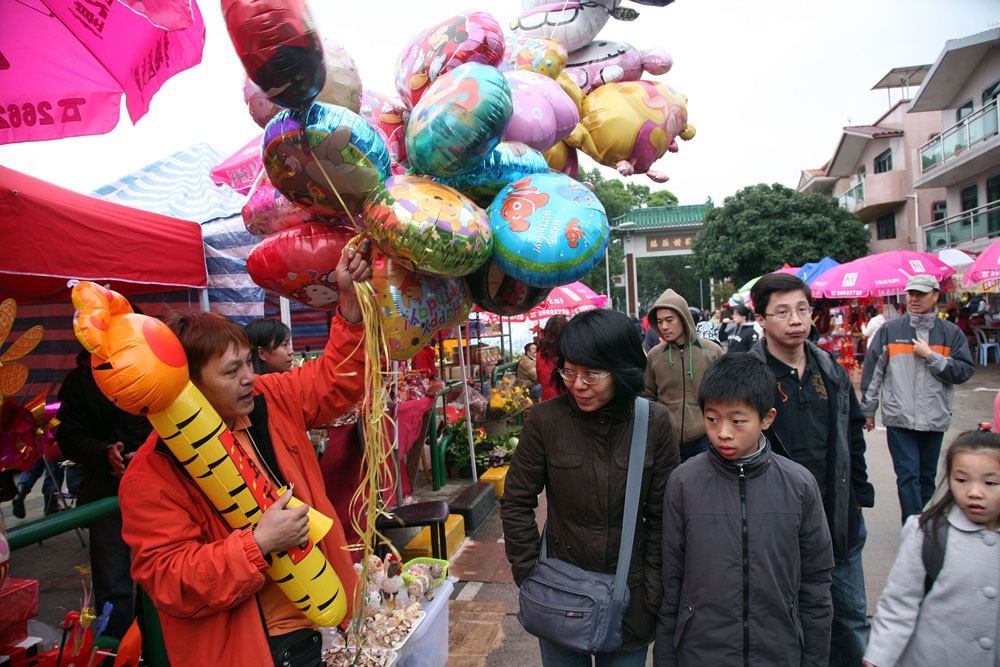-
History & Society
- Education in Pre-war Hong Kong
- History of Taikoo Sugar Refinery
- Hong Kong Products Exhibition
- Local Festivals Around the Year
- Post-war Industries
- Pre-war Industry
- The Hong Kong Jockey Club Archives
- Tin Hau Festival
- Memories We Share: Hong Kong in the 1960s and 1970s
- History in Miniature: The 150th Anniversary of Stamp Issuance in Hong Kong
- A Partnership with the People: KAAA and Post-war Agricultural Hong Kong
- The Oral Legacies (I) - Intangible Cultural Heritage of Hong Kong
- Hong Kong Currency
- Hong Kong, Benevolent City: Tung Wah and the Growth of Chinese Communities
- The Oral Legacies Series II: the Representative List of the Intangible Cultural Heritage of Hong Kong
- Braving the Storm: Hong Kong under Japanese Occupation
- A Century of Fashion: Hong Kong Cheongsam Story
Geography & EnvironmentArt & Culture- Calendar Posters of Kwan Wai-nung
- Festival of Hong Kong
- Ho Sau: Poetic Photography of Daily Life
- Hong Kong Cemetery
- Sketches by Kong Kai-ming
- The Culture of Bamboo Scaffolding
- The Legend of Silk and Wood: A Hong Kong Qin Story
- Journeys of Leung Ping Kwan
- From Soya Bean Milk To Pu'er Tea
- Applauding Hong Kong Pop Legend: Roman Tam
- 他 FASHION 傳奇 EDDIE LAU 她 IMAGE 百變 劉培基
- A Eulogy of Hong Kong Landscape in Painting: The Art of Huang Bore
- Imprint of the Heart: Artistic Journey of Huang Xinbo
- Porcelain and Painting
- A Voice for the Ages, a Master of his Art – A Tribute to Lam Kar Sing
- Memories of Renowned Lyricist: Richard Lam Chun Keung's Manuscripts
- Seal Carving in Lingnan
- Literary Giant - Jin Yong and Louis Cha
Communication & Media- Hong Kong Historical Postcards
- Shaw Brothers’ Movies
- Transcending Space and Time – Early Cinematic Experience of Hong Kong
- Remembrance of the Avant-Garde: Archival Camera Collection
- Down Memory Lane: Movie Theatres of the Olden Days
- 90 Years of Public Service Broadcasting in Hong Kong
- Multifarious Arrays of Weaponry in Hong Kong Cinema
-
History & SocietyGeography & EnvironmentArt & Culture
-
View Oral History RecordsFeatured StoriesAbout Hong Kong Voices
-
Hong Kong MemoryLocal Festivals Around the YearRecently Visited
New Year’s Day
-
The 1st to the 3rd day of the First month of the Lunar Calendar
Though a modern society, Hong Kong retains many of the traditional festivals. During the Spring Festival (Lunar New Year), many people visited Buddhist and Taoist temples to seek New Year’s blessings; Wong Tai Sin Temple and Shatin Che Kung Temple were particularly flooded by believers on the first three days of the Lunar New Year. In recent years, it has also become a trend for the public to go to Lam Tsuen at Tai Po to cast offerings onto the Wishing Tree. This has become a local custom upon widespread media coverage.
-
The First Incense Offering at Wong Tai Sin Temple
Though priority should not matter in paying homage to the temple gods, many believers believe that the offering of the First Incense is a gesture of sincerity. It is a thanksgiving for the blessings of the gods in the past years, as well as a prayer for the blessings in the upcoming year. According to the Chinese astrology, 11pm to 1am at night are the beginning hours of a day, and large crowds of believers queued up outside the Wong Tai Sin Temple at Lunar New Year’s Eve for the opportunity to offer the First Incense at 11pm or midnight. Although Sik Sik Yuen has repeatedly stressed that the first incense offered any time during the Lunar New Year is a “First Incense Offering”, the believers remain faithful to this tradition.
-
From Lunar New Year’s Eve to the New Year’s Day, the crowds at Wong Tai Sin persist, so much that the staff at Sik Sik Yuen and the police force had to maintain order. The Temple has four incense offering locations including Fuk Tak Temple, Main Altar, Three Saints Hall, and Yue Heung Shrine. Believers were required to walk in one direction, and although each believer was allowed to bring three sticks of incense, as they reached the Main Altar the overpowering smoke drew tears from everyone’s eyes.
-
Believers who entered the Che Kung Temple were not allowed to bring offerings. They could only bring three sticks of incense and clothing for Che Kung. Most entered the temple to do three things: giving incense offerings, spinning the windmill, and sounding the drum; some also asked for lottery poetries which might tell their fortune in the upcoming year. A variety of provisional stores were open outside the temple selling a diversity of worshipping items. The most popular item was certainly the pinwheels, which were sold at under hundred to several hundred dollars. Many believers brought home a pinwheel in hopes that it would “spin” their luck.
-
Wishing Tree at Lam Tsuen
Contrary to the religious nature of Wong Tai Sin and Che Kung temples, the Wishing Tree at Fong Ma Po Tsuen was rather entertaining. People could write their names and wishes on an offering – a cost of only five dollars – and cased it upwards onto the tree. If it hanged on a tree branch, the wish might just come true.
-
The earliest Wishing Tree was a camphor tree located beside the Tin Hau Temple at Fong Ma Po Tsuen. In the past, people burnt incense and made offerings here every New Year. The tree was burnt down at a point, and in its place a Hong Kong Orchid grew and flourished. The believers considered it a miracle and prayed for blessings here. In the mid-1990s, the orchid tree was also burnt down and the villagers transplanted a Chinese Banyan here. People turned to cast their offerings on a Banyan tree beside Lam Kam Road, which in turn attracted many to follow suit.
-
Unfortunately, there was an accident there in 2005 that a broken branch fell and injured a passer-by. The government banned the casting of offerings and instead erected an offering pavilion where the offerings can be hung, which however, was far less attractive. In 2010, Lam Tsuen residents purchased a tree from the Mainland highly resembling the original one, and used plastic mandarin oranges in place of real ones to be tied to the cast offerings. The tradition was allowed to continue.
Copyright © 2012 Hong Kong Memory. All rights reserved. -






